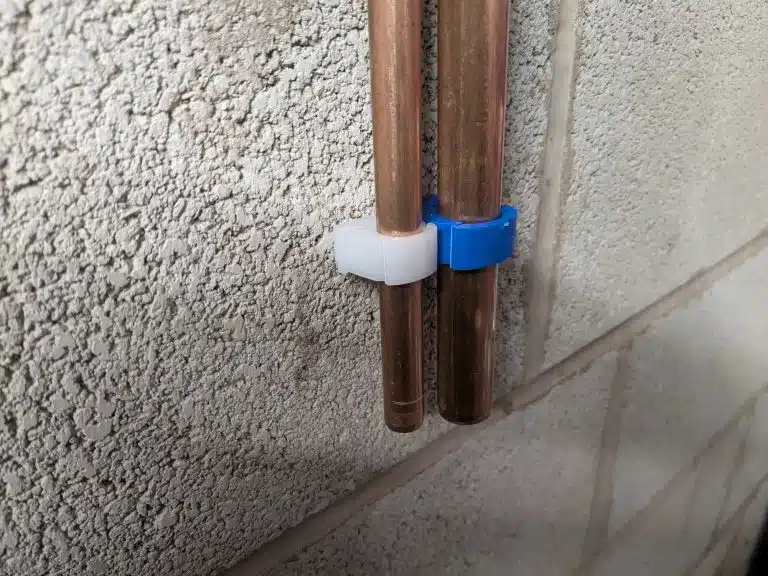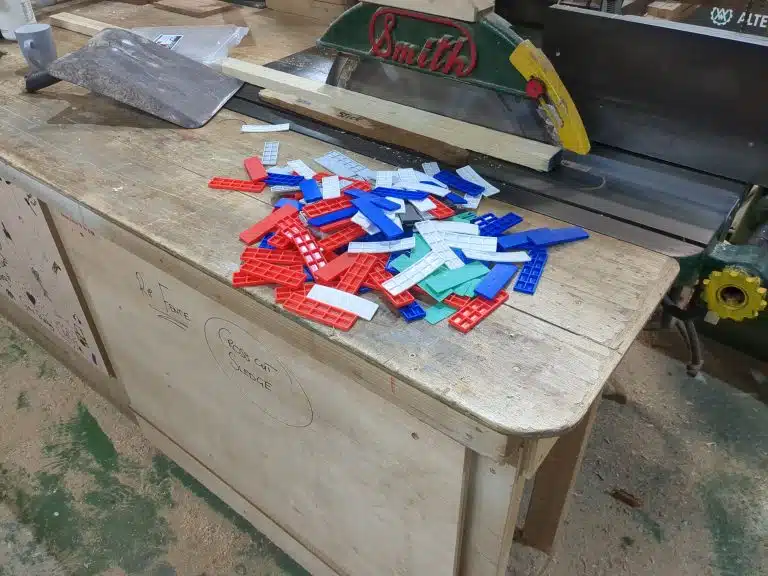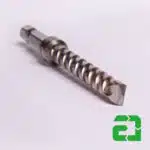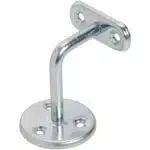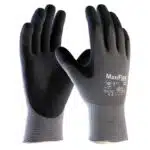Just when you think you’ve tried every solution for filling those pesky gaps around your home, Tickitape Heavy Duty Cloth Tape comes to the rescue. This versatile tape is designed to provide a strong, reliable hold for various applications, making it perfect for addressing those annoying gaps. In this guide, you’ll learn how to effectively utilise this durable tape to seal, repair, and protect any areas that need some extra attention. With the right technique, you’ll achieve a professional finish while ensuring long-lasting results.
Key Takeaways:
- Ensure the surface is clean and dry before applying the Tickitape Heavy Duty Cloth Tape for optimal adhesion and durability.
- Cut the tape to the desired length, making sure it overlaps the gap adequately to prevent any leakage or air entry.
- Press down firmly on the tape after application to secure it in place, ensuring a tight seal and enhancing longevity.
Preparing Your Workspace for Seamless Application
Before submerging into the application process, ensure your workspace is well-organised and free from distractions. Clear away any unnecessary items, leaving ample space to manoeuvre and work comfortably. Adequate lighting is vital to accurately assess the gaps you will be addressing, so consider using additional lamps if needed. Keep your tools within reach to streamline the application process, which enhances both productivity and ensures that you can focus fully on achieving a flawless finish.
 Assessing Gaps That Need Attention
Assessing Gaps That Need Attention
Take a moment to inspect the areas where you plan to apply the tape. Identifying the specific gaps that need attention is vital for ensuring a successful application. Common places to check include around windows, doors, baseboards, and plumbing fixtures, as these are often overlooked. By thoroughly assessing these areas, you can strategically plan your application, ensuring that you address all critical gaps effectively.
Gathering Essential Tools and Materials
Before you begin, gather all the necessary tools and materials to facilitate an efficient application process. You will need a pair of scissors for precise tape cutting, a measuring tape to ensure accurate measurements, and a utility knife to help with any adjustments. A level can also be handy for ensuring straight lines, while a clean cloth is vital for wiping down surfaces prior to tape application. Having these tools at your fingertips will significantly enhance your workflow.
In addition to the basic tools mentioned, consider keeping a roll of painter’s tape nearby for marking out areas or creating clean lines, enhancing the aesthetic of your finish. If any surface preparation materials like adhesives or fillers are required for larger gaps, be sure to include them in your toolkit as well. This preparation not only saves time during the application but also contributes to the overall success of sealing those gaps effectively with the Tickitape Heavy Duty Cloth Tape.
Mastering Adhesive Application Techniques
Effective application of Tickitape Heavy Duty Cloth Tape hinges on mastering a few techniques that guarantee a secure and lasting bond. Developing a keen understanding of surface preparation, tape cutting, and positioning significantly enhances the performance of the tape. By adopting these techniques, you ensure that each application meets the demands of the task at hand.
Ensuring a Clean Surface for Optimal Bonding
Achieving a strong bond starts with a thoroughly clean surface. Dust, grease, or moisture can hinder adhesion, so use a suitable cleaner to wipe the area before applying Tickitape. A dry cloth or paper towel is excellent for removing any residue, ensuring that the tape adheres effectively and provides the durability required for your project.
The Right Way to Cut and Position Tickitape
Cutting and positioning Tickitape requires precision and care to optimise adhesion. Use sharp scissors to achieve a straight edge, preventing any fraying that could compromise the seal. Hold the tape firmly at both ends while positioning it correctly, making sure it aligns with the gap or surface you intend to cover. This technique not only improves aesthetic appeal but also maintains the structural integrity of the tape’s binding properties.
Positioning Tickitape accurately is imperative for a seamless finish. Start by pressing one end of the tape down to secure it before gradually applying the rest along the surface, ensuring there are no bubbles or creases. This method allows you to manipulate the tape as needed without compromising its stickiness. Maintaining tension while applying the tape aids in achieving a straight line, ultimately enhancing both effectiveness and overall appearance in your project.
 Maximising the Durability of Your Repairs
Maximising the Durability of Your Repairs
To ensure your repairs last, consider the conditions in which you apply the Tickitape Heavy Duty Cloth Tape. Proper surface preparation, effective adhesion techniques, and environmental factors all play a vital role in maximising the longevity of your fixes. Aim for a clean, dry surface, and take the time to apply pressure evenly across the tape, creating a strong bond that can withstand wear and tear.
Techniques to Enhance Adhesion Over Time
For enhanced adhesion, first clean the surface to remove dirt or grease, then apply the tape with firm pressure, ensuring it’s properly aligned. If possible, allow the tape to cure undisturbed for at least 24 hours. Overlapping the edges slightly can prevent moisture ingress, while using heat mats can help activate the adhesive properties of the tape in colder conditions.
Conditions That Affect Longevity
Environmental factors such as temperature fluctuations, humidity, and exposure to UV light significantly influence the lifespan of your tape repairs. High moisture levels can weaken adhesion, while extreme temperatures can cause the tape to become brittle or lose its flexibility, leading to premature failure.
Sustained exposure to UV light can degrade the adhesive over time, making it necessary to assess the environment where your repair is located. Indoor applications typically provide a more controlled setting, whereas outdoor repairs require additional considerations, such as using tape designed for outdoor use or covering repairs with protective materials to shield them from direct sunlight and moisture. Regular inspections and maintenance can help identify any potential issues before they compromise the integrity of your repairs.
Troubleshooting Common Application Issues
Finding the source of application issues can streamline your use of Tickitape Heavy Duty Cloth Tape. Begin by examining the tape’s bond effectiveness, as poor adhesion can arise from factors like surface cleanliness or environmental conditions during application. If you encounter peeling or lifting edges, reassessing your technique and the materials can help maintain a secure fit.
Addressing Adhesive Failure Scenarios
Adhesive failure often occurs due to contaminants on the surface, such as dust or moisture, which prevent a proper bond. To remedy this, ensure that surfaces are thoroughly cleaned and dried before applying the tape, as any residue can significantly impact adhesion quality.
Solutions for Handling Surface Imperfections
Surface imperfections can lead to inadequate bonding, but you can address these issues by preparing the area effectively. Fill in holes or cracks with an appropriate filler and sand down rough patches to create a smooth surface. Applying the tape evenly over these prepared areas ensures better adhesion and reduces the risk of failure, resulting in a stronger, longer-lasting seal.
Consider using a primer on particularly challenging surfaces, as this can enhance the tape’s performance significantly. For example, applying a thin layer of adhesive promoter can help in situations where the original surface material is too porous or uneven. Even subtle tweaks to your application technique can yield remarkable improvements; applying even pressure while smoothing down the tape helps to eliminate air bubbles and ensures a tighter seal. Ultimately, thorough preparation and attention to detail are key to overcoming surface imperfections for a seamless finish.
 Innovative Uses Beyond Standard Repairs
Innovative Uses Beyond Standard Repairs
Tickitape Heavy Duty Cloth Tape isn’t limited to just repairs; its versatility opens the door to numerous creative applications. Craft enthusiasts have found it ideal for mixed media projects, where it can be used to create interesting textures or as a base for painting. Beyond arts and crafts, its strong adhesion makes it an excellent tool for temporary solutions in various scenarios, such as setting up displays or creating custom signage.
Creative Projects That Benefit from Heavy Duty Cloth Tape
Utilising Tickitape Heavy Duty Cloth Tape in creative projects can elevate your artistic endeavours. Whether you’re designing unique wall art or custom gift wrapping, its variety of colours and patterns not only enhance aesthetics but also add a layer of functionality. Creative minds appreciate cloth tape for its ability to bond various materials, making it an crucial companion for DIY enthusiasts commenceing on eclectic projects.
Unique Applications in Home and Workshop Settings
In home and workshop settings, Tickitape Heavy Duty Cloth Tape serves a multitude of unique purposes. You can create temporary barriers or protective coverings while painting, and even use it to secure loose wires or cables, reducing clutter and improving safety. Additionally, its durability makes it perfect for labelling shelves or organising tools, ensuring everything has its rightful place and is easily accessible when needed.
Employing Tickitape Heavy Duty Cloth Tape in your home or workshop extends to crafting makeshift solutions for everyday challenges. For instance, you can use it to temporarily mend furniture, hold down loose floorboards, or stabilise tools during intricate tasks. Its waterproof nature allows for indoor and outdoor use, making it reliable for securing items in the garden or during outdoor projects. This adaptability enhances productivity, while the easy removal simplifies temporary setups, showcasing how indispensable this tape can be in everyday scenarios.
Conclusion
To wrap up, utilising Tickitape Heavy Duty Cloth Tape 48mm x 50m for gaps is an effective solution for ensuring a clean and secure finish in your projects. You should start by cleaning the surface to enhance adhesion, then measure and cut the tape to fit the required area. Apply firm pressure as you position the tape to eliminate any bubbles or wrinkles. This method will provide a durable seal, vital for both aesthetic and functional purposes in your work.
FAQ
Q: What surfaces can I use Tickitape Heavy Duty Cloth Tape on?
A: Tickitape Heavy Duty Cloth Tape is designed to adhere effectively to a wide range of surfaces, including wood, metal, plastic, and concrete. It is ideal for both indoor and outdoor applications, making it suitable for various tasks such as repairs, sealing gaps, and even crafting.
Q: How do I prepare the surface before applying the tape?
A: Before applying Tickitape Heavy Duty Cloth Tape, ensure that the surface is clean, dry, and free from dust, grease, or moisture. Use a mild detergent and water to clean the area if necessary, then allow it to dry completely. This preparation will help the tape adhere more effectively.
Q: Can I use Tickitape for temporary fixes?
A: Yes, Tickitape Heavy Duty Cloth Tape can be used for temporary fixes. Its strong adhesive ensures that it will hold securely for the time needed. However, for long-term solutions, consider using the tape as a temporary measure until a more permanent fix can be applied.
Q: How do I remove Tickitape from a surface without causing damage?
A: To remove Tickitape Heavy Duty Cloth Tape without damaging the surface, gently peel it back at a 45-degree angle. If it resists, you can use a heat source, such as a hairdryer, to warm the adhesive slightly, which should make it easier to remove. Be cautious not to overheat or damage the underlying surface.
Q: What is the maximum temperature resistance of Tickitape Heavy Duty Cloth Tape?
A: Tickitape Heavy Duty Cloth Tape is designed to withstand temperatures up to approximately 80 degrees Celsius (176 degrees Fahrenheit) for short periods. This makes it suitable for a variety of applications, but for extreme temperature environments, consider checking the manufacturer’s specifications to ensure it meets your requirements.

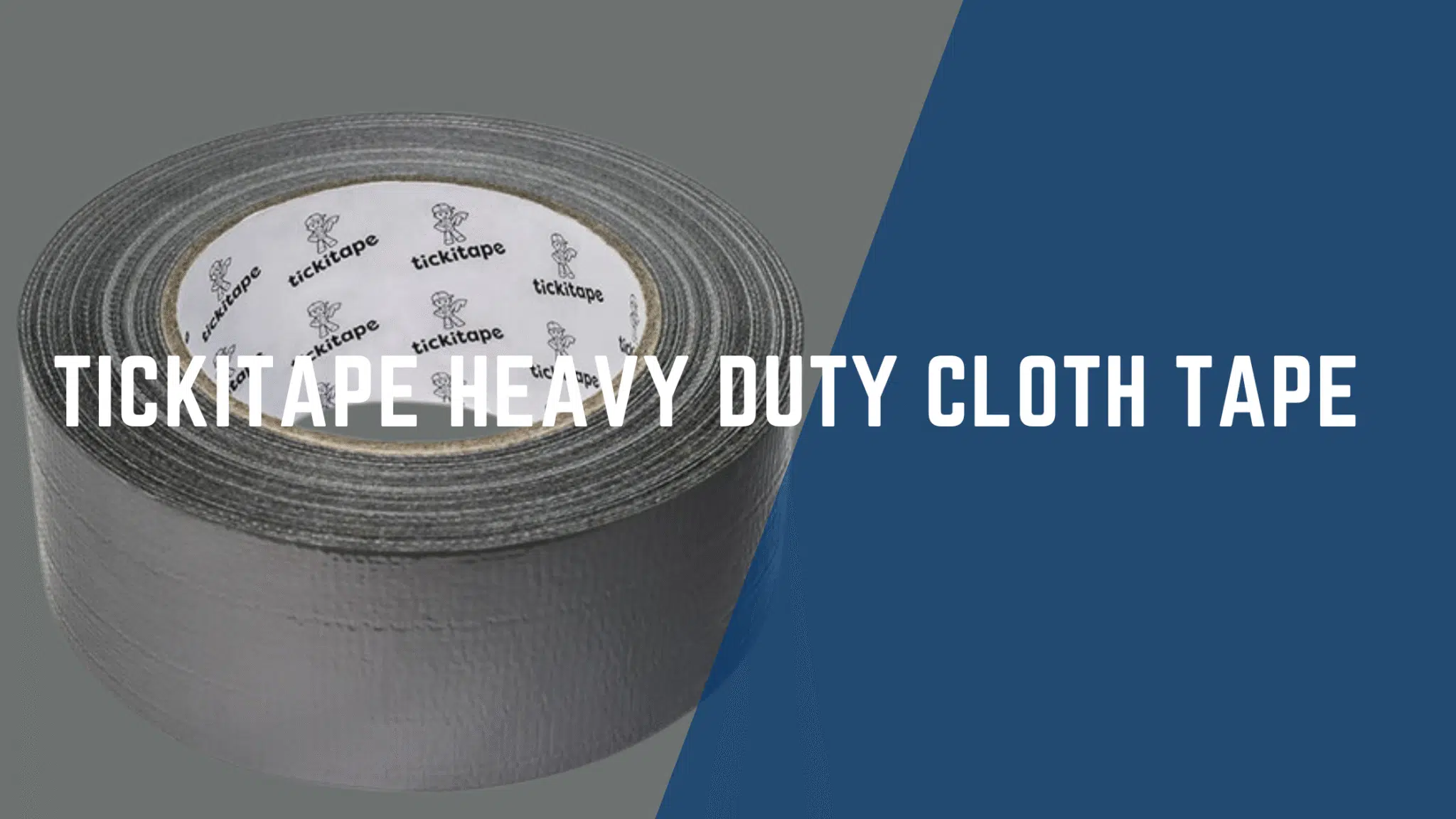
 Assessing Gaps That Need Attention
Assessing Gaps That Need Attention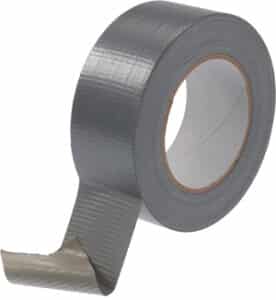 Maximising the Durability of Your Repairs
Maximising the Durability of Your Repairs Innovative Uses Beyond Standard Repairs
Innovative Uses Beyond Standard Repairs

